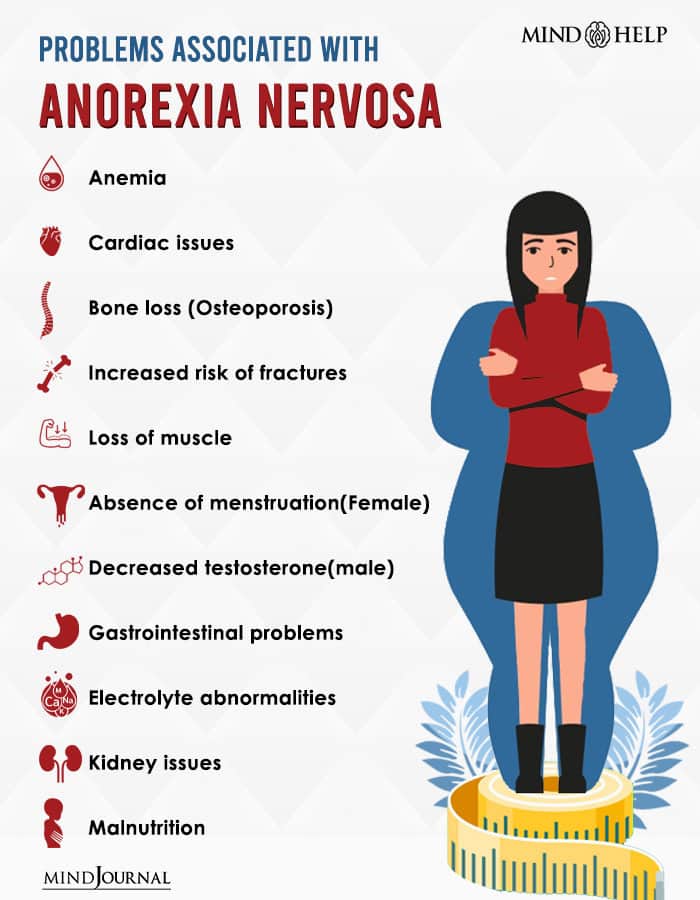Gender dysphoria can affect people of all ages, including children. In children, gender dysphoria may manifest as a persistent desire to be treated as the gender they identify with, discomfort with their assigned sex, and a strong desire to have the physical characteristics of the gender they identify with.
Gender dysphoria in children can be difficult for parents and caregivers to navigate, as it can be challenging to distinguish between normal gender exploration and a persistent and consistent gender identity that does not match their assigned sex. It is important for parents and caregivers to approach their child’s gender identity with an open mind and to seek out support and guidance from professionals who are experienced in working with gender-diverse children.
Research has shown that gender-affirming care, including social transitioning and medical interventions, can be beneficial for children with gender dysphoria. Social transitioning involves allowing the child to live as the gender they identify with, including using their preferred name and pronouns, wearing clothing that aligns with their gender identity, and participating in activities that align with their gender identity. Medical interventions, such as puberty blockers and hormone therapy, may also be used to help children with gender dysphoria physically transition to the gender they identify with.
It is important to note that not all children with gender dysphoria will want or need medical interventions, and that the decision to pursue medical interventions should be made in consultation with a qualified healthcare provider. The use of puberty blockers in particular has been a topic of debate, with some concerns raised about the long-term effects of these medications on children’s development. However, research has shown that puberty blockers can be a safe and effective way to give children with gender dysphoria time to explore their gender identity before making irreversible decisions about their physical transition.
It is also important to recognize that gender dysphoria can put children at risk for discrimination, harassment, and violence. Parents and caregivers should work with their child’s school and healthcare providers to ensure that their child is protected and supported in all areas of their life. It is also important for parents and caregivers to provide their child with a safe and supportive home environment, where they can express their gender identity without fear of rejection or judgement.
Gender dysphoria can affect children of all ages, and it is important for parents and caregivers to approach their child’s gender identity with an open mind and seek out support and guidance from qualified professionals. Gender-affirming care, including social transitioning and medical interventions, can be beneficial for children with gender dysphoria, but the decision to pursue medical interventions should be made in consultation with a qualified healthcare provider. Children with gender dysphoria may be at risk for discrimination, harassment, and violence, and it is important for parents and caregivers to work with their child’s school and healthcare providers to ensure that they are protected and supported.




